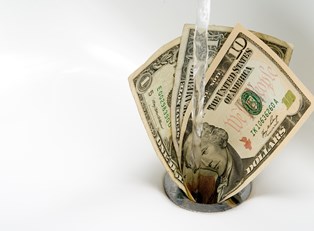Any purchase you make should be based on need and sound reasoning. However, we all fall victim to impulse buying from time to time. Some of us might give into these impulses more often and thus end up in financial ruin. Impulse shopping wrecks budgets and can lead to financial regret later. If you struggle to keep your impulse shopping under control, follow these tips on how to control the urges.
Controlling the Urge to Buy on Impulse
The first step is to identify the physical and emotional triggers that precipitate impulse shopping. Physical triggers, such as display advertising, are easier to identify. Pay attention to how you react to things like commercials, ads, and billboards. Emotional triggers are a bit more difficult to identify and often result in physical reactions such as rapid breathing and the feeling of exhilaration. Emotional impulse shopping typically is a result of stress or being upset, but it can also occur when you’re celebrating.
The second step is to either eliminate the trigger or exert control over it. If physical triggers are your weakness, do everything you can to avoid them. If you can’t avoid them, try to look away and ignore them. In order to control the emotional triggers, you need to address what is causing the emotion instead of burying it under the instant gratification of new purchases. The most important thing to remember when overcoming impulse shopping is to stop and think before you head to the register.
Planning and Budgeting
Sensible shopping habits can go a long way in helping consumers avoid impulse purchases. Credit cards tend to get impulse shoppers into trouble because it doesn’t feel as if you are spending actual money. When you head out to shop, leave the cards at home and take out a specific amount of money from the ATM instead. However, if you absolutely have to use a credit card, set up a spending limit on the card. The best option is to write down a list of the purchases you are allowed to make and sticking to it.
Weekly and monthly shopping lists are often effective in controlling urges. The key is to only include items that are truly needed for the household. There are mobile apps that let you create shopping lists and then check off items as they’re purchased. Some mobile apps allow shoppers to combine their lists with a budget and others even connect to personal checking accounts. This is useful in letting you see how much you have spent and how well you are doing with your budget.
When it comes to impulse shopping, the key is preparing. By diagnosing your impulse triggers and following the above tips for avoiding unnecessary purchases, you reduce your chances of wasting money.



